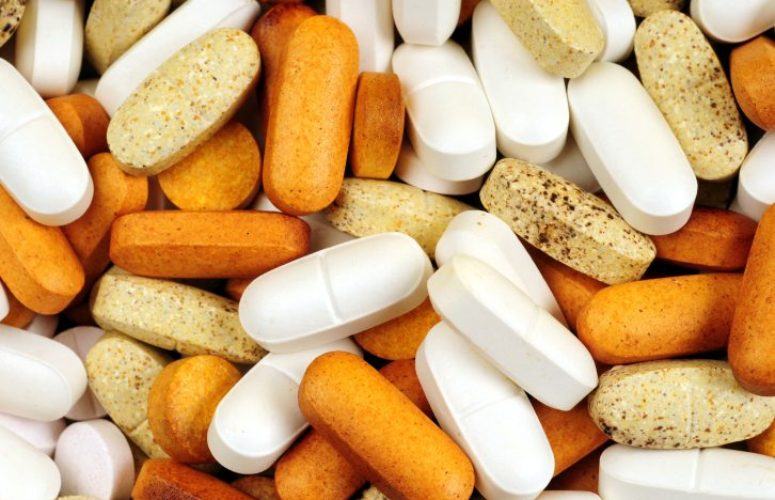
FDA Awards Certara’s Simcyp Division Two Grants
On Nov 16, 2018Princeton-based Certara has been awarded two new dermal virtual bioequivalence grants by the US Food and Drug Administration (FDA).
Bioequivalence studies are vitally important to ensure that the absorption rate and extent of test drug products are not significantly different to that of the comparable reference drug products. They are also used to verify that changes in manufacturing site, raw material suppliers or minor adjustments to a drug’s formulation do not substantially change its in vivo performance.
“We are delighted to receive additional US FDA support for the continuing development of our dermal physiologically-based pharmacokinetic (PBPK) modeling and simulation program to conduct virtual bioequivalence studies. Virtual bioequivalence represents an ideal application for Simcyp’s PBPK modeling and simulation capabilities. In addition to providing additional insight into drug performance, these in silico studies are safer, faster and less expensive to conduct than clinical bioequivalence studies. As a result, these new grants represent an important advance for generic and innovator drug companies alike. We look forward to partnering with the US FDA to advance this field,” said Certara’s Simcyp President and Managing Director Steve Toon, PhD.
Certara’s Simcyp® Division will lead the project entitled “Characterize Skin Physiology Parameters Utilized in Dermal PBPK Model Development Across Different Skin Disease States.”
This grant will fund enhancements to Certara’s PBPK multi-phase, multi-layer (MPML) MechDermA skin model to include the quantitative description of disease-triggered histological and functional modifications to the skin. The resulting models will be able to factor in the thickness of various skin layers, presence of cracks, dryness, modification of blood flow and skin temperature, sebaceous gland infection and inflammation, flaking, and the presence of pustules, comedones, vacuoles, cysts, and pseudocysts. Histopathological modifications to Simcyp’s healthy skin model will permit development of models for specific skin diseases. The resulting disease models will all be verified using clinical data from the literature.
The inclusion of skin disease states in PBPK models will help pharma companies to develop non-Q1/Q2/Q3 formulations and simulate their in vivo performance in patient populations to further support their substitutability in diseased skin. In evaluating bioequivalence, the FDA uses Q1 to define qualitative equivalence (test and reference products contain the same active and inactive ingredients), Q2 for quantitative equivalence (test and reference products contain the same amounts of active and inactive ingredients), and Q3 for physicochemical attributes of a specific dosage form.
Certara will also partner with Professor Michael Roberts, an Australian National Health & Medical Research Council Senior Principal Research Fellow and a professor at The University of Queensland and at The University of South Australia, and his team on their project to determine “Formulation Drug Product Quality Attributes in Dermal PBPK Models for Topical Dermatological Drug Products and Transdermal Delivery Systems.”
“We are delighted to have US FDA support for this important research. We are proud to be contributing to the further development of optimal quantitative bioequivalence methodology that may assist innovator and generic pharmaceutical companies in developing new dermal and transdermal products as well as supporting global regulators in evaluating such products,” said Professor Roberts.
In this project, Certara’s MechDermA PBPK model will be used to perform virtual bioequivalence studies of topical products and permit the impact of formulation differences (especially Q3 differences) on the in vivo performance of dermatological drug products to be evaluated.
Pertinent literature and in-house studies will be used to define necessary drug product quality attributes for a wide range of formulations and they will be included in the models. The new models will also take account of the active pharmaceutical ingredient (API) product skin interactions that take place when products are applied to the skin.
The resulting models will be used to inform regulatory decisions and guide drug formulation developers in the design of bioequivalent dermal and transdermal drug products.
These two newly-funded projects both advance US FDA’s FY2018 Generic Drug User Fee Amendments (GDUFA) research priorities to expand characterization-based bioequivalence methods across all topical dermatological products, and improve PBPK models of drug absorption via complex routes of delivery (e.g., nasal, inhalation, dermal, ophthalmic).
Certara has just completed development of the PBPK MPML MechDermA model, which was also funded by a US FDA GDUFA grant. That new model facilitates the virtual bioequivalence assessment of drug formulations, such as creams, gels, suspensions, etc.
Certara is also partnering with the University of Leuven in Belgium to further develop and verify a PBPK modeling and simulation framework that will enable the Simcyp Simulator to simulate and predict the behavior of supersaturating orally-dosed drug products in the human gastro-intestinal tract. This research, which is funded by an FDA Office of Generic Drugs grant, facilitates virtual bioequivalence assessments that can expedite bringing newer drug products to market.
To access more business news, visit NJB News Now.
Related Articles:




